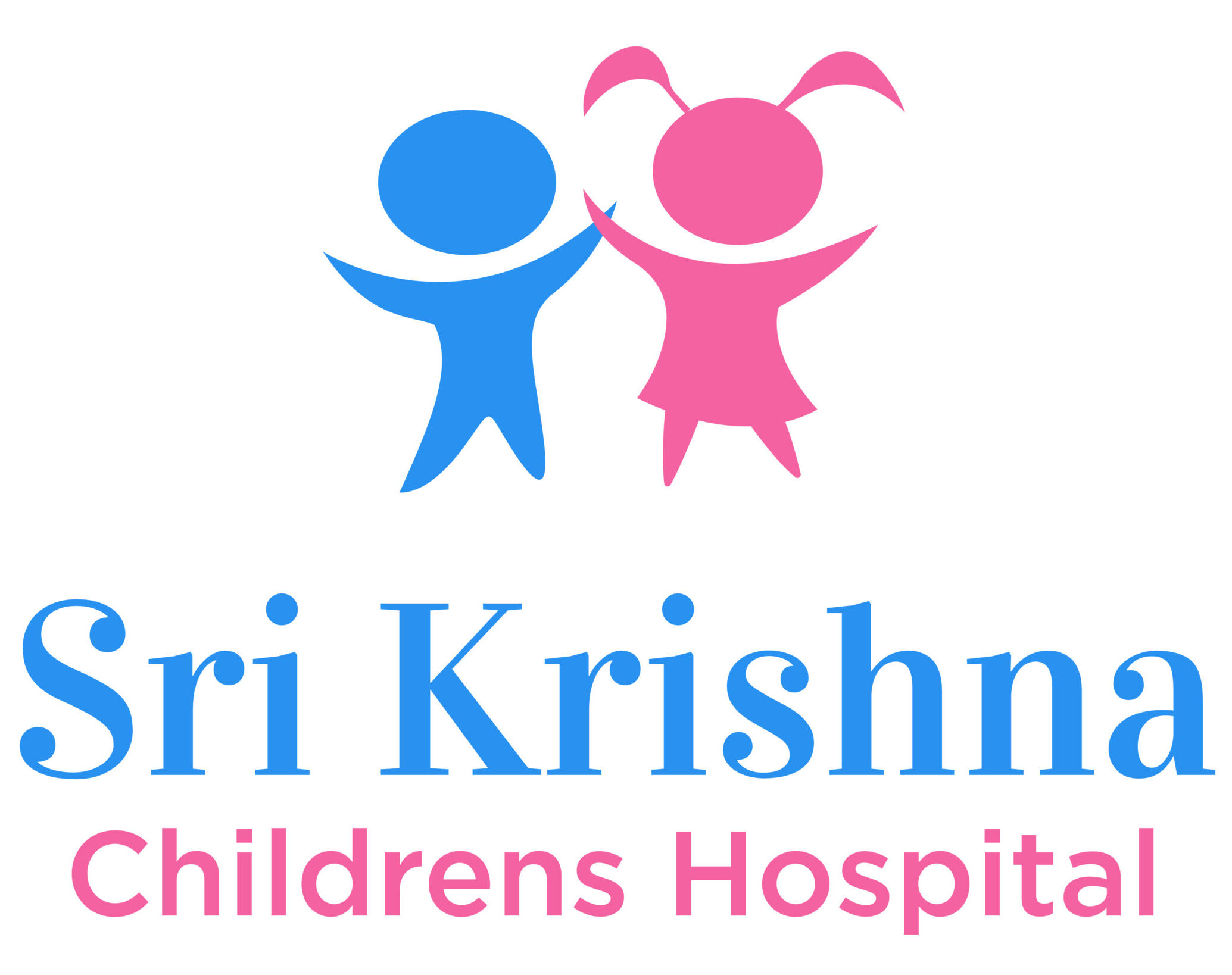Kawasaki Disease, sometimes mistakenly referred to as the Kawasaki Virus, is a rare but serious illness that predominantly affects children, especially those under five. It involves inflammation of blood vessels throughout the body. This condition can have severe impacts on heart health if not treated swiftly.
Discovered in 1967 by Japanese doctor Tomisaku Kawasaki, hence the name, this disease was once thought to be limited to Japan and East Asia. However, it has now been identified worldwide, though the virus that causes Kawasaki disease remains unknown. Globally, the disease affects around 20 in every 100,000 children. In India, its prevalence is growing with an increasing number of cases notified each year, emphasizing the need for awareness and early intervention.
Recognizing the Signs: A Parent’s Guide to Symptoms
When it comes to spotting Kawasaki Disease, parents need to know the signs. Its symptoms can often mimic other common childhood illnesses:
- High fever lasting more than five days
- Red, bloodshot eyes without pus or discharge
- Bright red, chapped lips and tongue that sometimes look like a strawberry
- Swelling and redness in hands and feet
- A rash that often covers most of the body
It’s key to distinguish between the typical and atypical symptoms of what is sometimes inaccurately called the Kawasaki Virus. Some kids might experience joint pain, abdominal discomfort, or irritability. Understanding this can help in reducing panic among parents.
Real-life stories from Indian families highlight the emotional journey. One family in Chennai, for instance, shared how their child’s persistent fever and rash puzzled doctors until Kawasaki Disease was diagnosed, showcasing the importance of recognizing these symptoms early for prompt treatment.
Root Causes and Risk Factors: Decoding the Mystery
Despite extensive research, the exact virus that causes Kawasaki disease hasn’t been identified. Current theories suggest a link to an infectious agent triggering an immune response in genetically susceptible kids. This dysfunction causes inflammation in blood vessels.
Although the specific cause is unclear, some contributing factors are understood: – Genetic predisposition: Children from East Asian descent seem more vulnerable. – Environmental influences: Seasons might play a role, with cases peaking in winter and spring. – Age and gender: Boys under five appear more affected than girls.
Research is ongoing to identify the difference between Coxsackie and Kawasaki disease, and what might distinguish them in terms of causative factors and symptoms.
Diagnosing Kawasaki Disease: The Path to Clarity
Determining if a child has Kawasaki Disease involves careful observation and numerous tests. Doctors generally check for specific symptoms, given that there’s no single test to confirm the condition.
Diagnosis often involves: – Blood tests to check for inflammation and organ function – Echocardiograms to examine heart health
Challenges in diagnosing what some incorrectly call the Kawasaki Virus include symptoms overlapping with other illnesses, like scarlet fever or COVID-19-related MIS-C. Early diagnosis can make a significant difference, as seen in cases where quicker recognition leads to more effective treatment and recuperation.
Navigating Treatment Options: Traditional and Emerging
For treating Kawasaki Disease, the primary approach involves reducing inflammation and preventing heart damage. Standard treatments include:
- Intravenous Immunoglobulin (IVIG) therapy, which helps diminish vessel inflammation
- High-dose aspirin initially, followed by lower doses to prevent clotting
These have been the backbone of treatment since their introduction. New research, however, is exploring alternative therapies. Understanding these developments provides hope for better responses, especially for those not responding to typical treatments.
Emerging treatments aim to tailor strategies more specifically, potentially reducing long term effects of Kawasaki disease like coronary artery damage.
Understanding Complications and Long-Term Outlook
One of the major long term effects of Kawasaki disease is the risk of coronary artery aneurysms, which can complicate heart health in affected children.
Despite these risks, the prognosis has improved significantly with early and effective treatment. Long-term health impacts are manageable with regular check-ups and heart monitoring.
Recent advancements in understanding the disease and improved therapies contribute to better outcomes, ensuring children can lead healthy lives post-recovery.
Context of COVID-19: Kawasaki Disease in a Pandemic World
In the light of the COVID-19 pandemic, parallels between MIS-C (a COVID-related inflammatory syndrome) and Kawasaki Disease have surfaced. Both share symptoms, complicating diagnosis. However, they are distinct, backed by ongoing research focusing on better identification and treatment.
Living With Kawasaki Disease: Stories and Solutions
Living with Kawasaki Disease impacts more than health; it affects emotional and social dimensions for families. Children may face challenges like adjusting back to school or coping with hospital visits.
Resources and support systems in India, like community groups or hospital programs, help families navigate these difficulties. Emotional support structures are crucial for coping. Families, like the one in Mumbai recounting their experience, highlight resilience developed through support groups and shared knowledge.
The Role of the Indian Healthcare System: Addressing Challenges and Solutions
In India, pediatricians play a critical role in tackling Kawasaki Disease. They focus on timely diagnosis and management. Regular health check-ups and awareness campaigns empower parents for early recognition of symptoms.
Empowering parents with responsible information and resources is crucial, helping them feel informed and prepared.
Conclusion: Advocacy, Awareness, and Hope
Kawasaki Disease, often confusedly referred to as the Kawasaki Virus, demands awareness and understanding. Recognizing symptoms, knowing the difference between Coxsackie and Kawasaki disease, and accessing treatment avenues are vital.
Continued research and advocacy remain crucial. Awareness and early intervention can drastically alter disease impacts, offering hope to affected families. It’s essential for communities to foster informed conversations and support ongoing medical advancements, creating a network of care and understanding.
Concerned about Kawasaki Disease? Don’t wait! Schedule a consultation at Sri Krishna Children’s Hospital today for expert care and timely intervention. Protect your child’s health with the right treatment plan.


